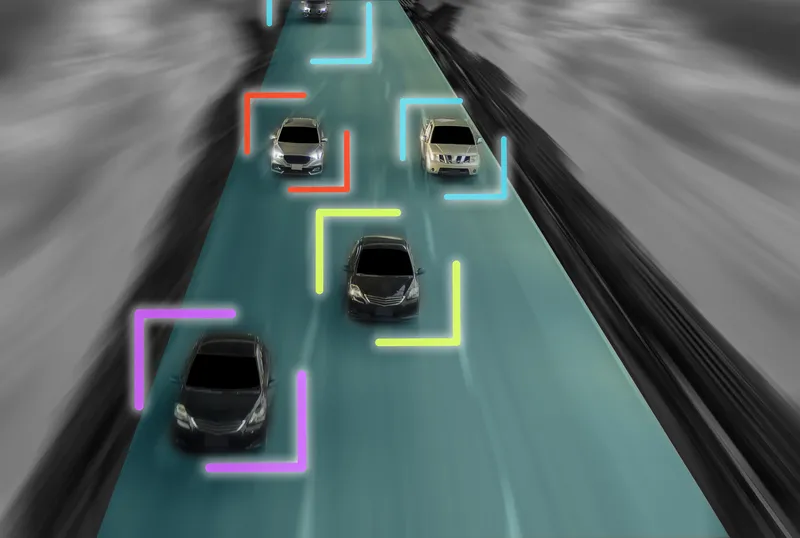EMS World Magazine has chosen
The system, part of the Opticom Emergency Vehicle Preemption platform, compiles data uploaded from vehicle equipment and presents the information as a summary and map interface. Users can sort and view performance metrics based on date, speed, travel time, vehicle type and more. It offers departments the information they need to maximise their preemption system, allowing them to arrive quickly and safely at the scene of an emergency.
Chad Mack, GTT’s product manager, said: “Bottlenecks and intersection conflicts can make responding to an emergency more dangerous and slow. Emergency Vehicle Preemption can help to speed up responses and minimize risks, but many departments don’t have the data to justify the value of this crucial technology. Opticom Analytics can help departments assess intersection performance, reveal problem areas and make corrections to provide a faster, safer emergency response.”
Opticom Analytics wins innovation award at EMS World Expo 2017
EMS World Magazine has chosen Global Traffic Technologies' (GTTs') Opticom Analytics as a 2017 Innovation Award Winner at its annual World Expo in Las Vegas, based on the significant impact it can have on helping first responders traveling to an emergency. The solution provides details about preemption system performance by using GPS data collected from emergency vehicles. The system, part of the Opticom Emergency Vehicle Preemption platform, compiles data uploaded from vehicle equipment and presents the
January 12, 2018
Read time: 2 mins








